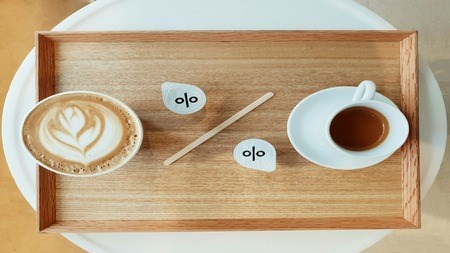The major danger zones
Rooms in the home that are most likely to present the most danger to our precious toddlers and babies include:
- The kitchen: houses chemicals, detergents and cleaners that are toxic.
- The bathroom: usually used to store medicine and germ-infested toilet cleaners.
- The garage or workshop: houses chemicals (such as paint), and heavy tools.
- Outdoor sheds: storage of sharp garden equipment.
- Home office/lounge: presents low-hanging cables, expensive electronic devices and computer equipment, and fireplaces/heating systems that have burn potential.
Where to start
To make the best baby/toddler-proofing decisions, you need to apply a generic list of safety measures to EVERY room in the house, including bedrooms:
- Cabinets: Lock all doors and drawers that a toddler can reach, or install magnetic child locks.
- Outlet/plug covers: Use pretend plugs that a child’s little fingers cannot remove.
- Blind/curtains: ensure dangling cords are wrapped around holders, or remove entirely.
- Furniture: root furniture to the floor where possible, and remove any pieces that can be toppled because they are lightweight.
- Chests and storage boxes: Lift tops can cause pinched fingers if the lids fall. Ensure storage system lids are plastic or cannot be opened at all.
- Table corners: Invest in plastic corners. These prevent serious bumps to the heads, or worse, injuries to eyes or the face.
- Windows: Prevent windows from being opened wide enough for a child to crawl through. Window locks are also a great idea. Do not place furniture under windows, and repair broken panes or board them up.
- Water threats: Toilet lids should be kept down and preferably secured with a toilet seat lock. Never leave a full bath unattended, nor leave easily accessed bowls of water within reach; dog bowls for example.
- Entry and exit points: use safety gates to prevent access to stairways, balcony’s, patio’s and consider installing sliding securing gates.
- Glass and sharp objects: remove all glass tops as they are less table than wood or metal ones.
- Carpets: Loose carpets should be firmly mounted to the floor, such as nonskid pads, to avoid slippage.
- Lighting: If using lamps, ensure these cannot be reached by little hands. Not only are the bulbs hot, but wiring can be pulled creating the potential for a shock.
- Chemicals, medicines, and aerosols: all should be stored and locked away. Don’t forget air fresheners and insect deterrents.
Other hazards
Avoid the use of, or leaving, these toddler/baby threatening hazards in your home:
- Small items: anything that can fit into your mouth is a potential choking hazard for your child.
- Batteries: avoid toys that have battery compartments that can be opened with a finger.
- Pens and crayons: little one’s like to taste everything. Sharp points can be dangerous, and ink toxic.
Do create or install …
- A toy zone: where your child can play safely. Consider gated play pits inside and outside.
- A snack tray: easily accessible and healthy small bites that your hungry toddler can snack on at will. No plastic or any form of wrapper.
- Monitoring device or camera: even when your child is napping, you’ll be able to regularly check they are safe, or waking up.
- Door closing: Foster a habit of shutting doors to rooms that you do not want your toddler to access.
The crawl test
Each home comes with its own potential hazards. It is recommended that you do the crawl-test. Getting on your hands and knees and examining your home from the perspective and height of a child is one of the best ways to identify problem and danger zones that your child will find enticing. You can even do this before your baby arrives.
Don’t forget to pull on cables, test the stability of small tables and reach-able heavy items. Bear in mind too, that whatever your safety solution, it must work for many years so it may be worth investing in professional safety equipment and prevention measures.





